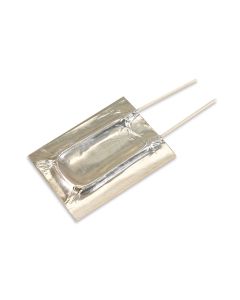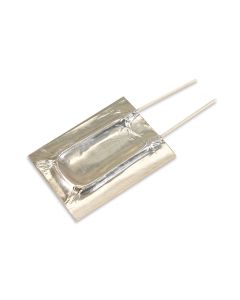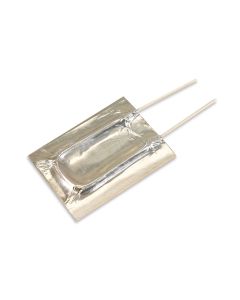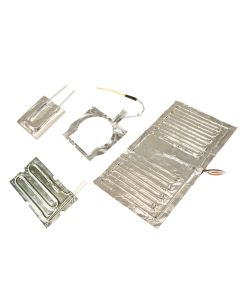Battery Warming
A simple and effective way to maximize lithium and lead-acid battery efficiency in cold weather environments
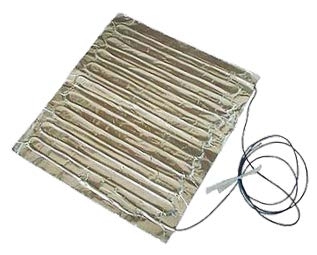
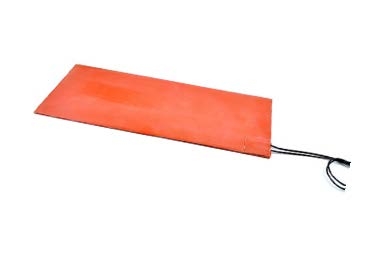
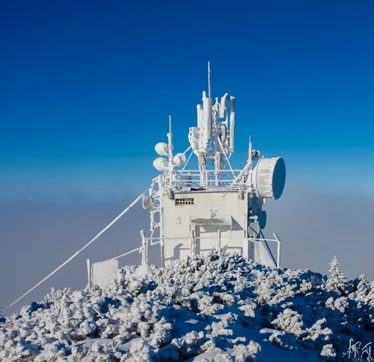
Application
Both Lead-acid and lithium batteries have needs for heat in cold weather environments.
Lead-acid batteries are used in cars, trucks and motorcycles. Vehicles left in the open or in unheated garages require strong charges to start engines in harsh conditions. It can be harmful or potentially risky to use or charge batteries if their temperature drops below 32°F (0°C). Some manufacturers suggest warming above freezing, to 41°F (5°C) to minimize wear. To maximize the operating efficiency of lead-acid batteries in cold temperatures, the batteries should be warmed to an optimal temperature of 68°F (20°C) to 77°F (25°C). Batteries can be used at temperatures up to 122°F (50°C).
Lithium batteries have a higher charge density (i.e., longer life) compared to other batteries. This type of battery is utilized in electric vehicles where high performance is required to optimize the distance required between charges. Manufacturing companies typically utilize lithium batteries in their equipment where extended battery life is a must. Ambient temperatures impact both charging and discharging of batteries.
Unfortunately, lithium batteries do not perform well in extremely cold weather temperatures. In environments below 14°F (-10°C) the batteries must be heated, and some manufacturers recommend heating when exposure temperatures drop to freezing, 32°F (0°C) as batteries should not be charged below this temperature. Low working temperatures will greatly reduce the discharging current and the overall energy available. The batteries quickly lose their capacity below 60°F (17°C). Excessive temperatures can also pose a hazard. Batteries with full charges should not be exposed to temperatures above 95°F (35°C) and optimally, not exceed 68°F (20°C) to 77°F (25°C).
As an example, in remote areas of the country, surveillance equipment is used as part of security systems for military bases, storage facilities or other remote work areas. Lithium batteries are used for backup power and need to be reliable. Buildings housing equipment are typically not heated; however, to be ready for peak performance, batteries require a heat source.
Solution
BriskHeat offers several heating products that can meet the requirements to keep batteries warm for the applications described. Simple and easy to use, these may be “Plug and Play” to pair with temperature controllers and integrated plugs.
Silicone Rubber Heating Blankets are available in many different styles from thin SRW Economy Series to Custom Cut versions with or without integrated insulating foam. Blankets are available which may include built-in thermostats. SRW blankets are low profile and can be designed to fit into battery trays.
Aluminum Foil Heaters are typically a more economical solution to these applications. These are custom designed to fit almost any shape and can include complex cut-outs. The aluminum material will hold loose shapes to allow the heater to be loosely draped over the battery. Other options include semi-rigid plates, Pressure Sensitive Adhesives (PSA), various power options and are available with a variety of leads. Standard construction of these heaters lack the moisture and chemical resistance of silicone blankets; however, these can be ordered for applications requiring IP65 ratings for dusty or wet-area used.

